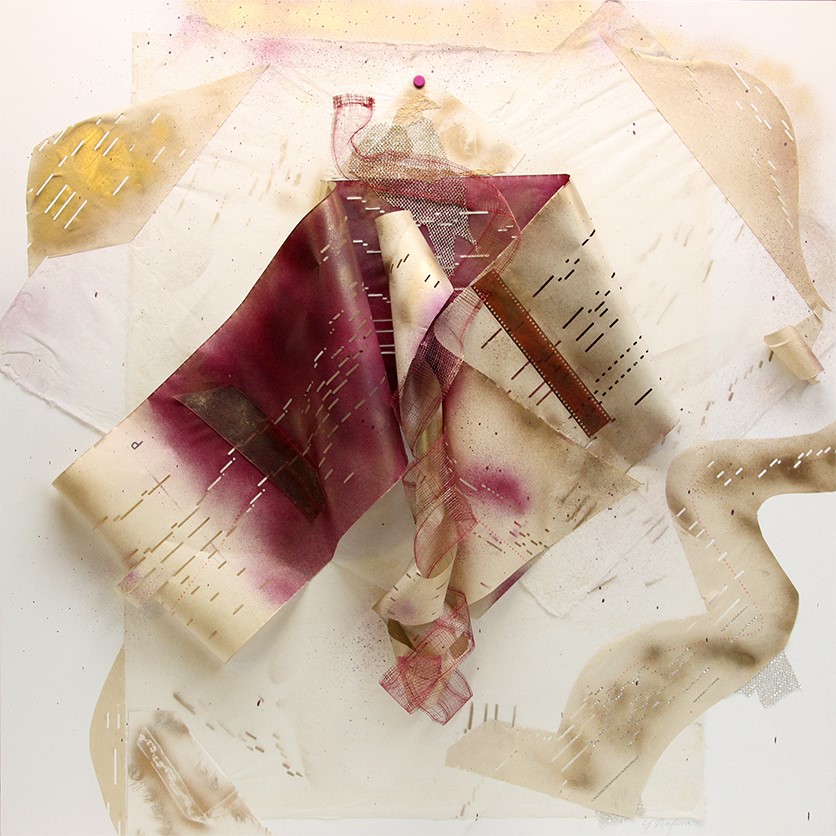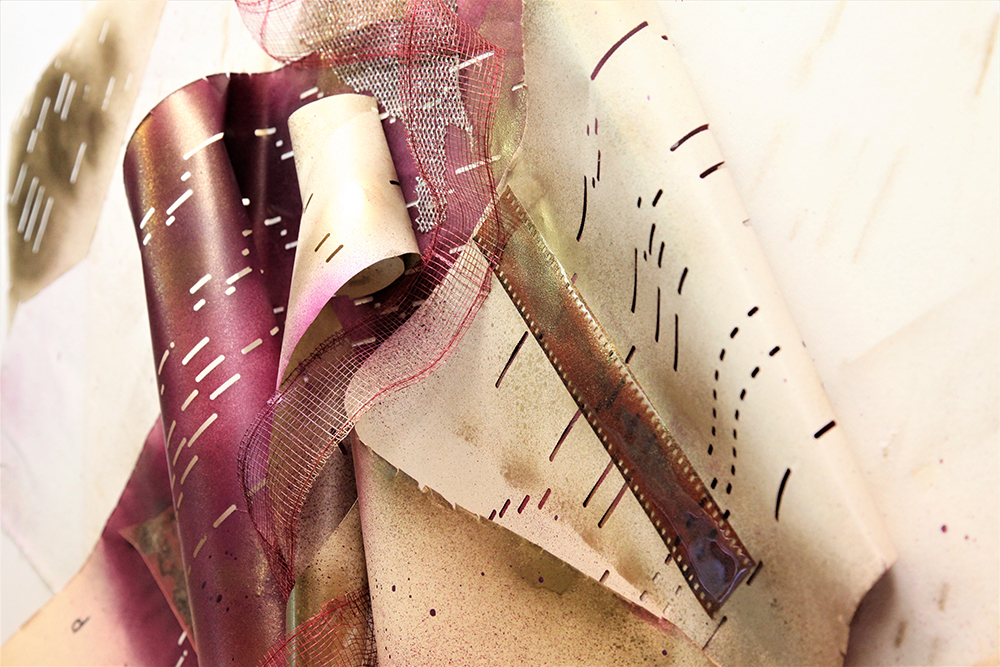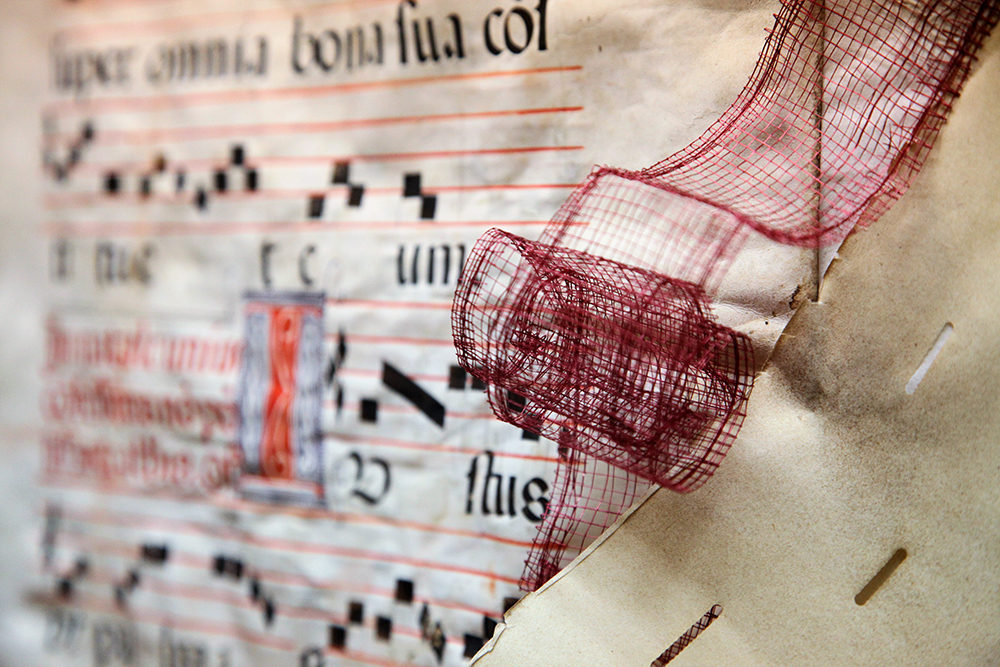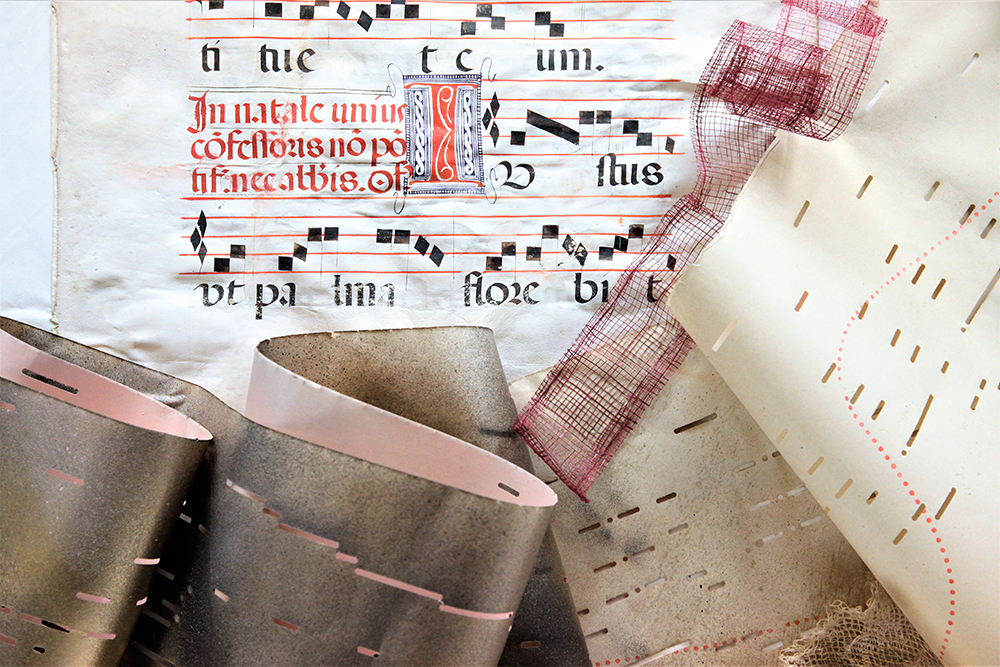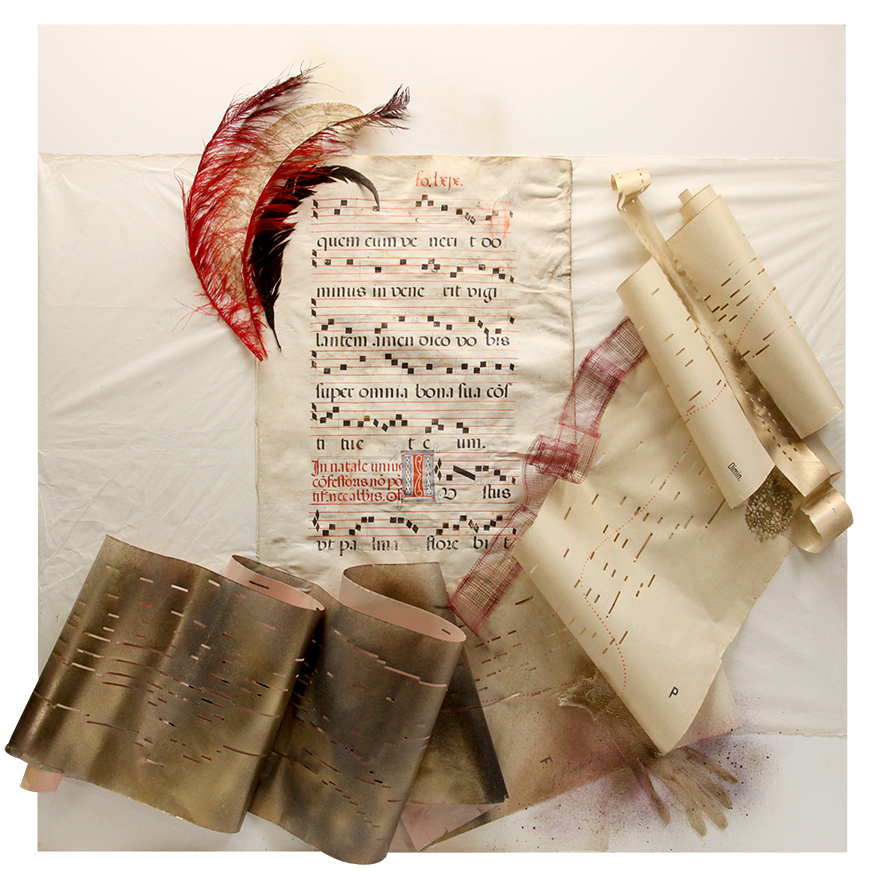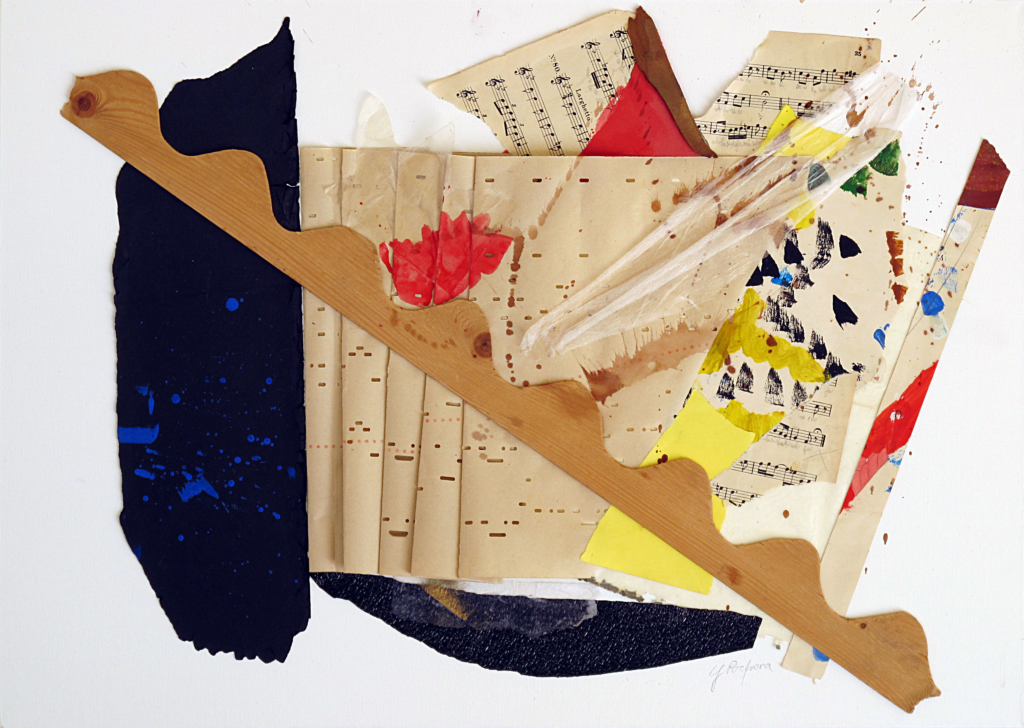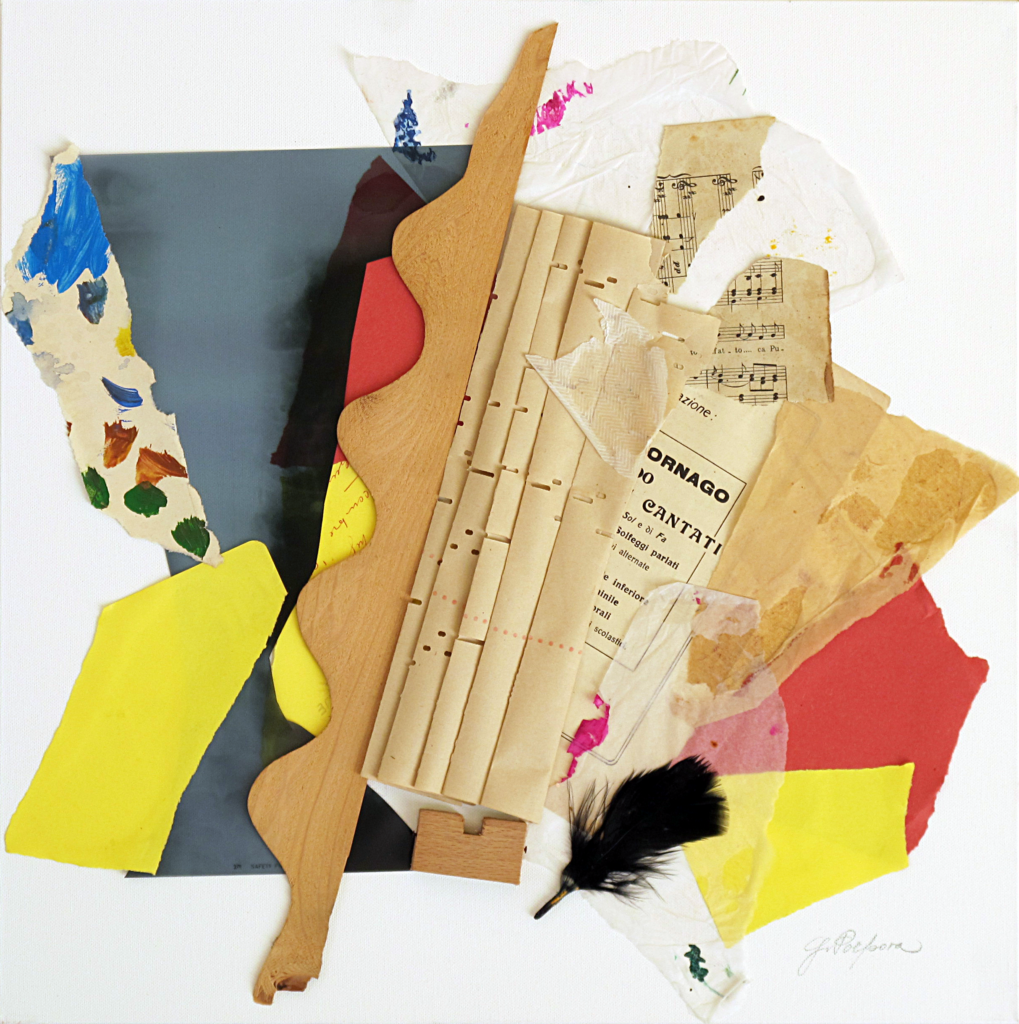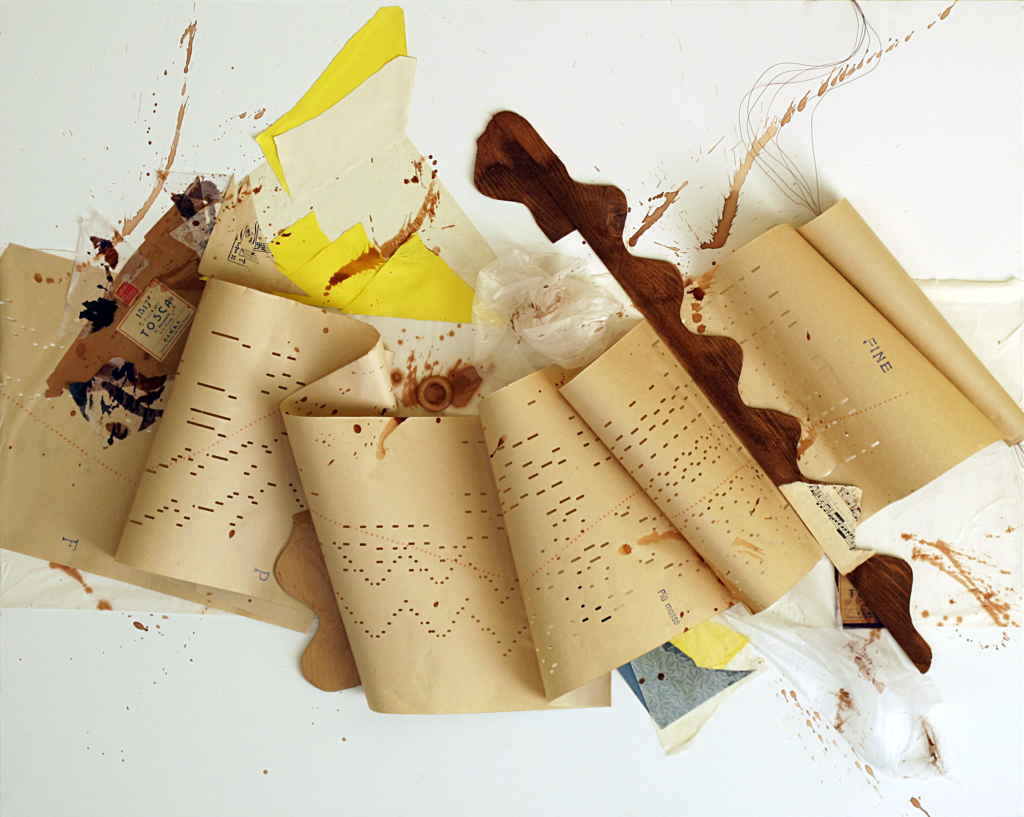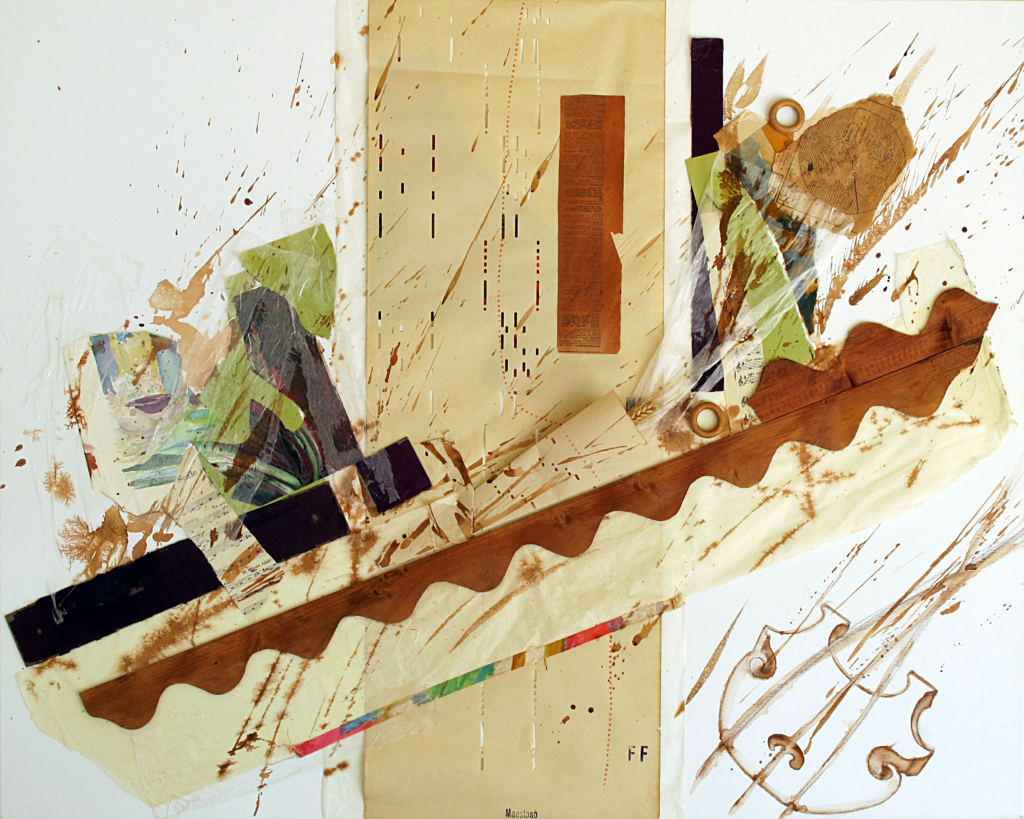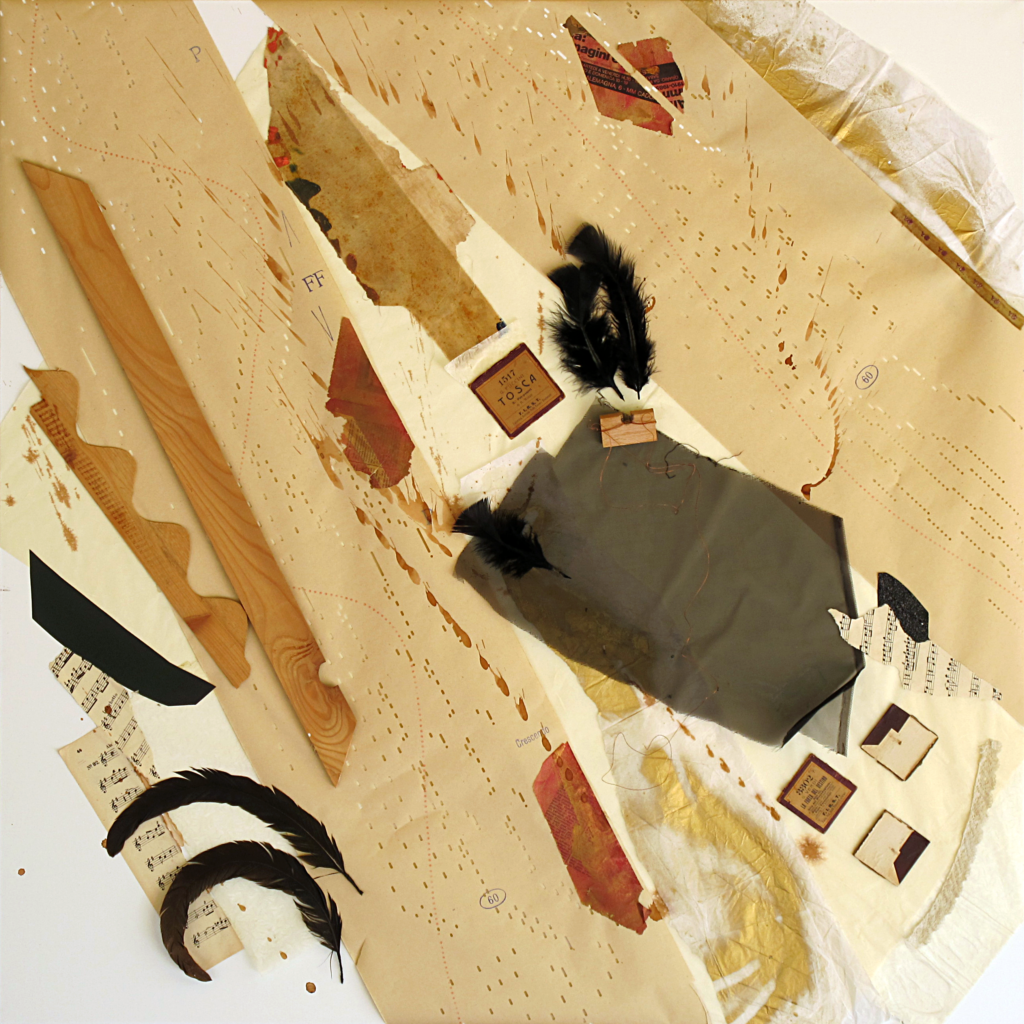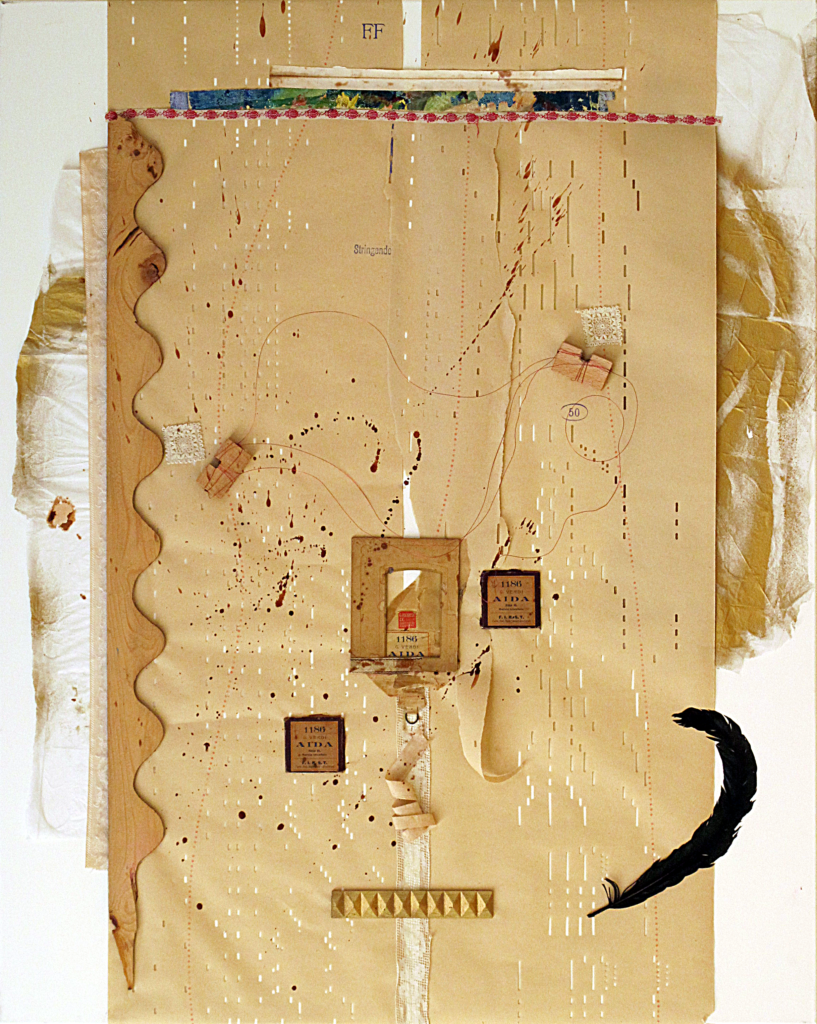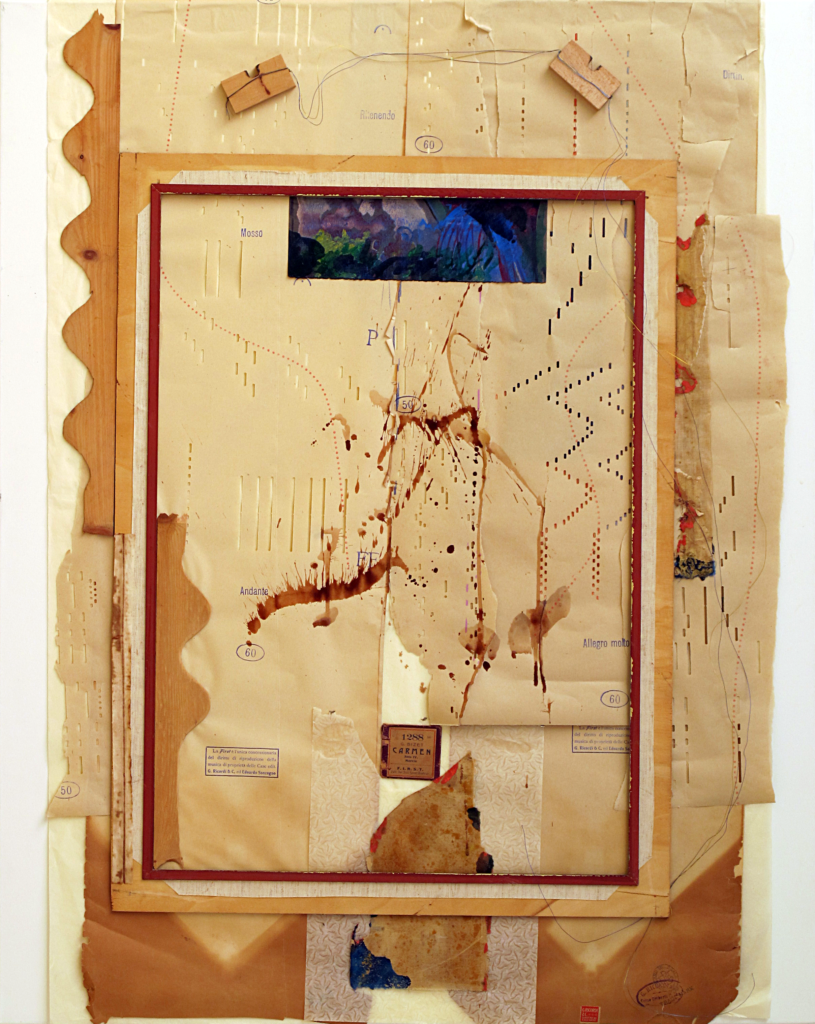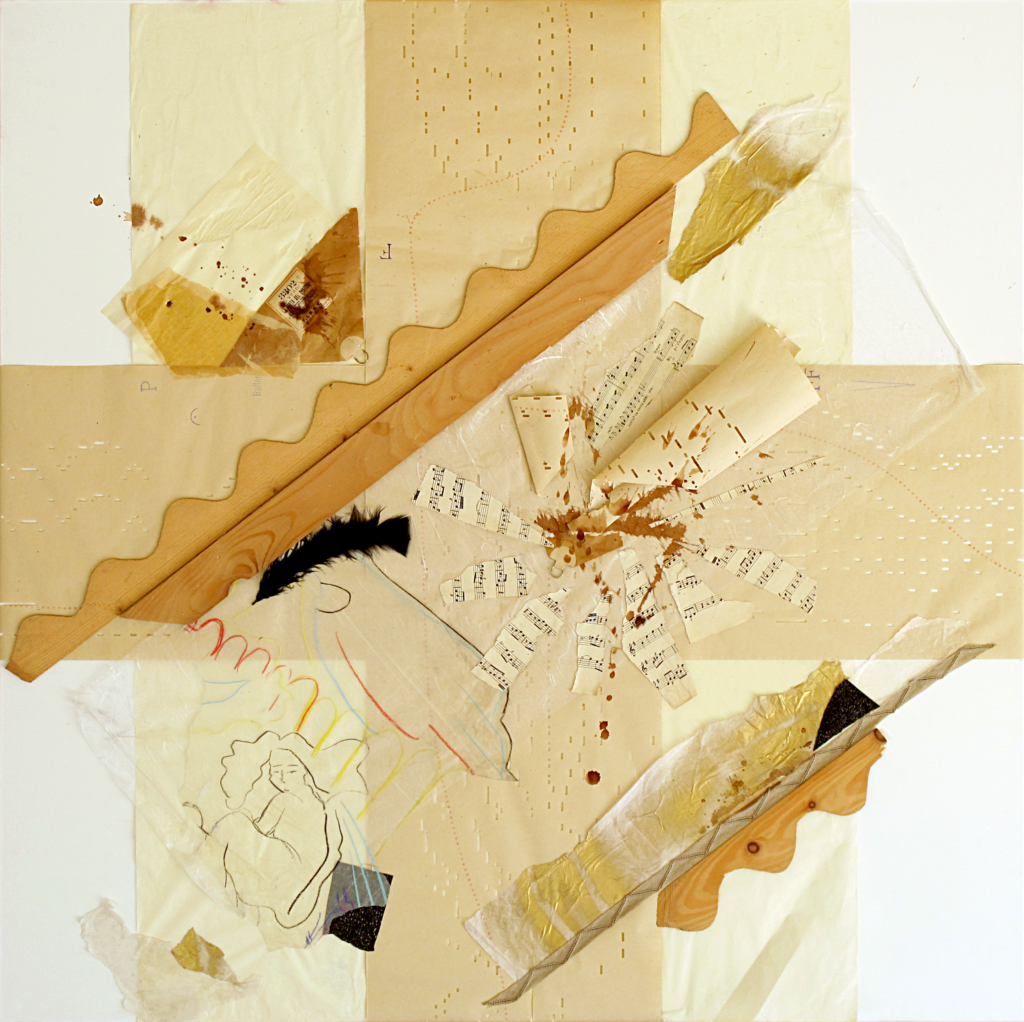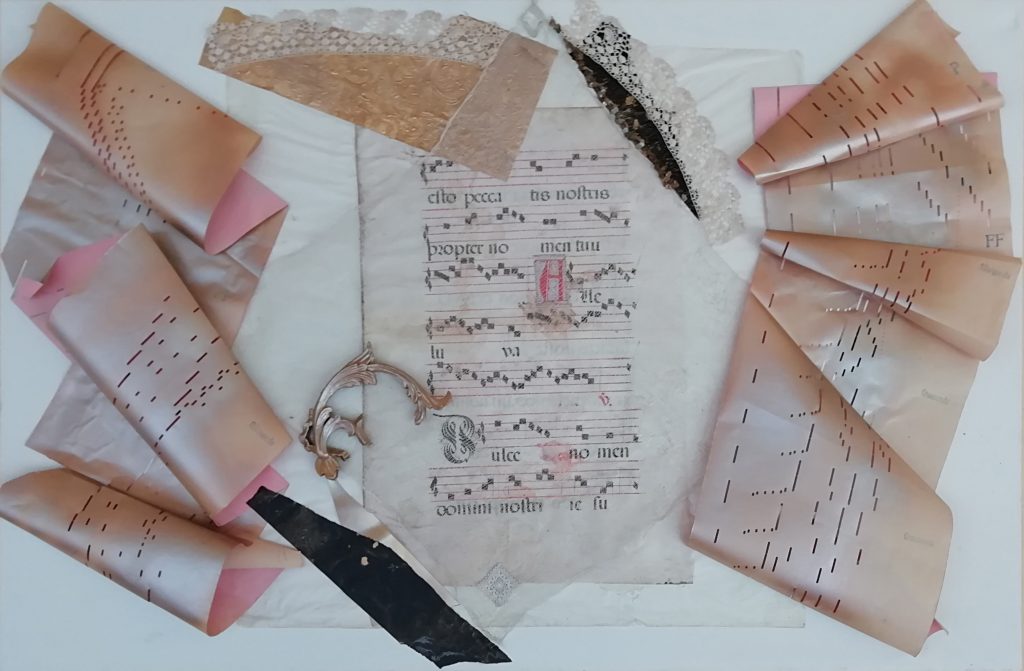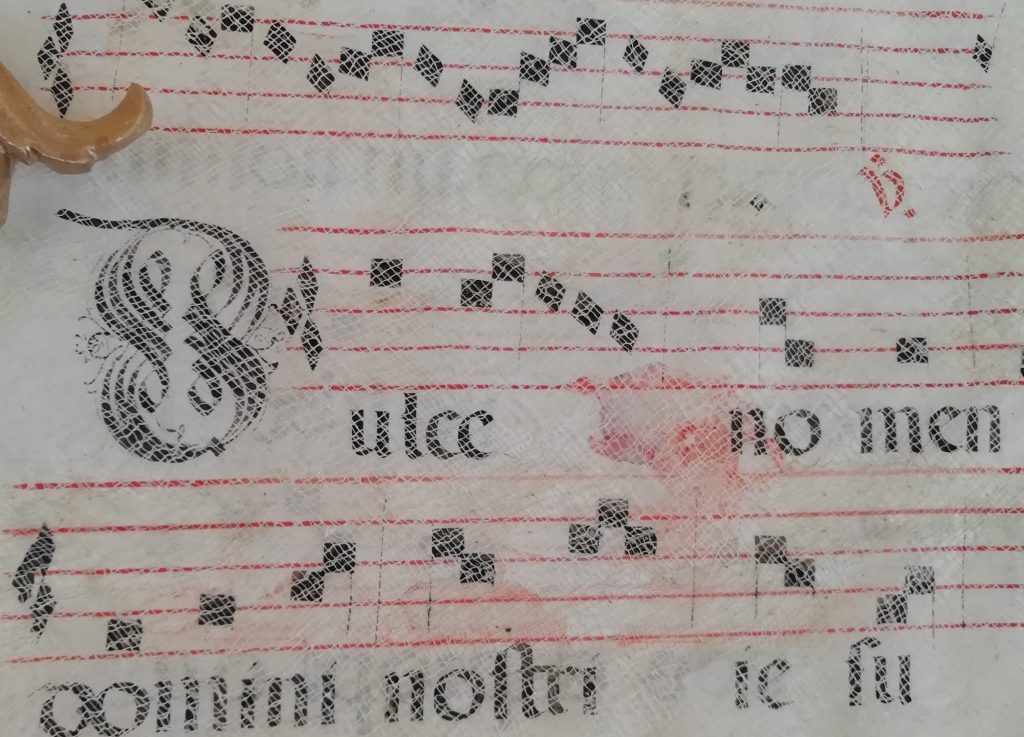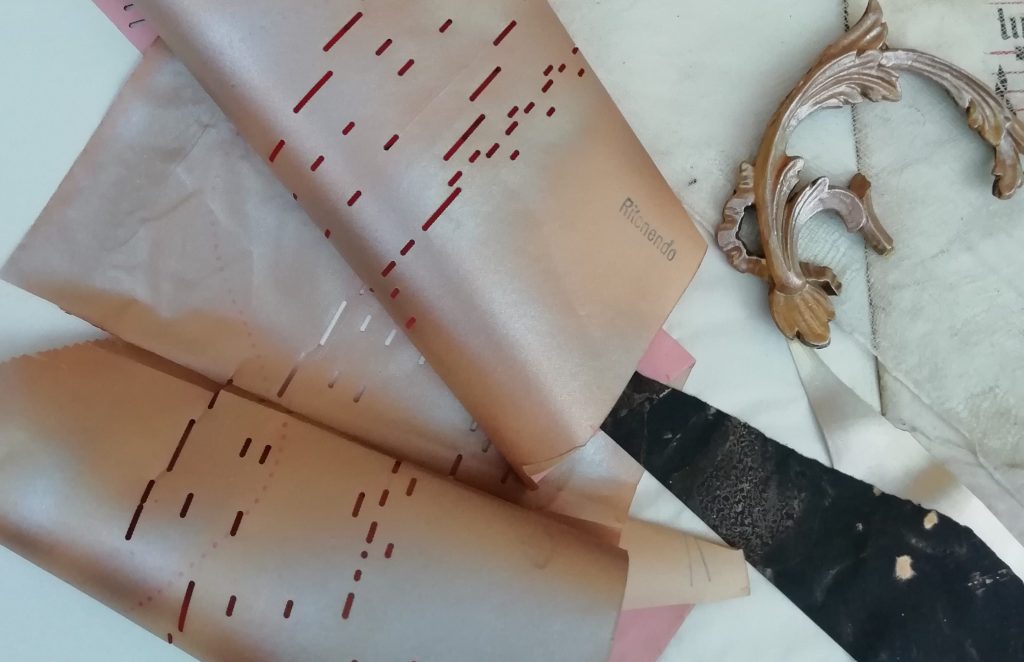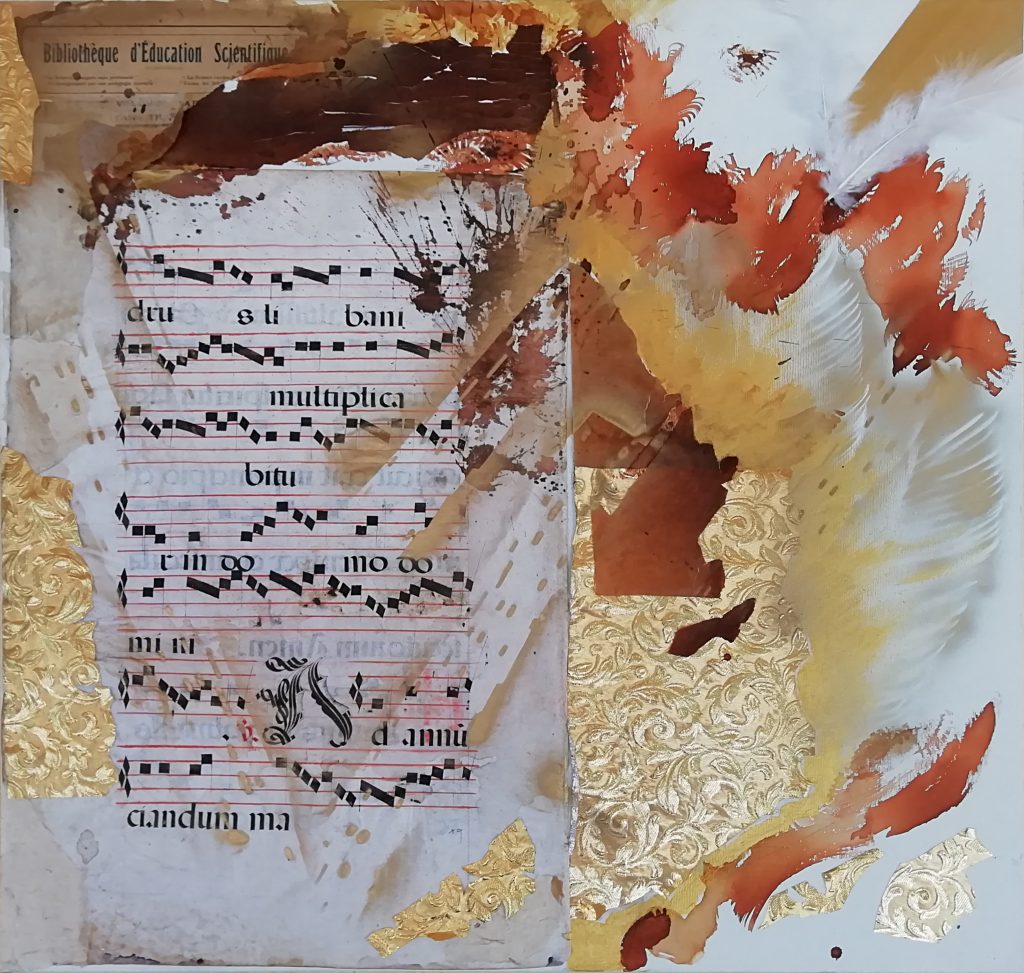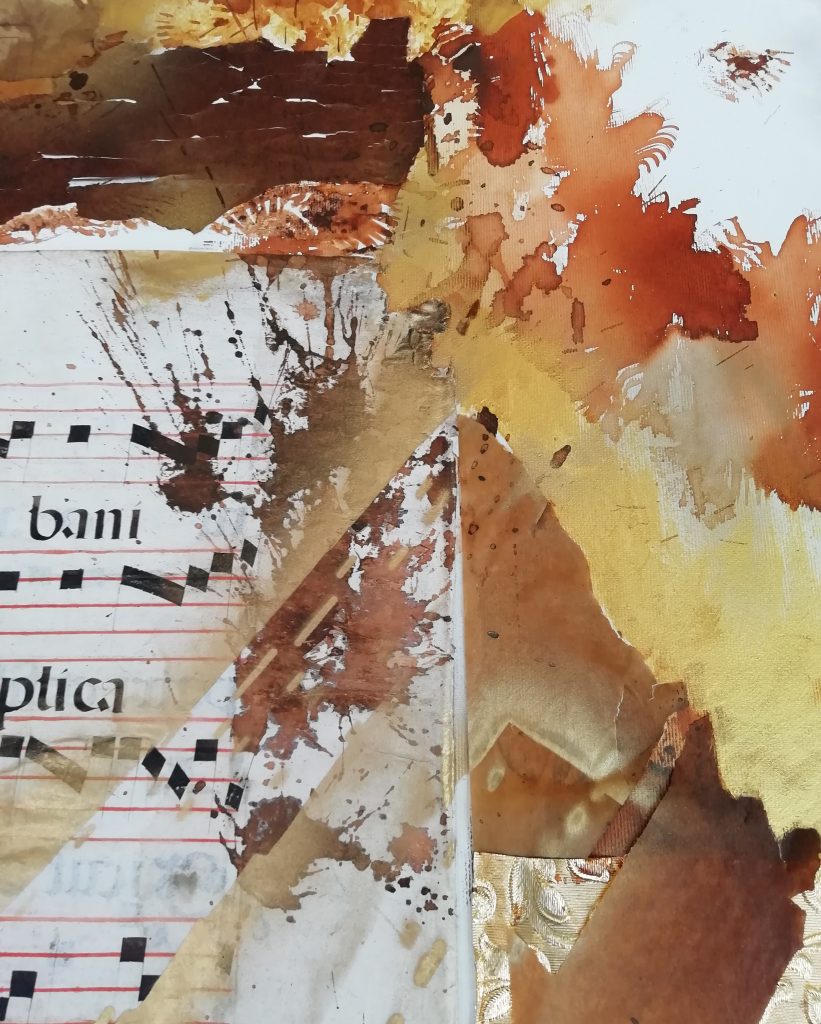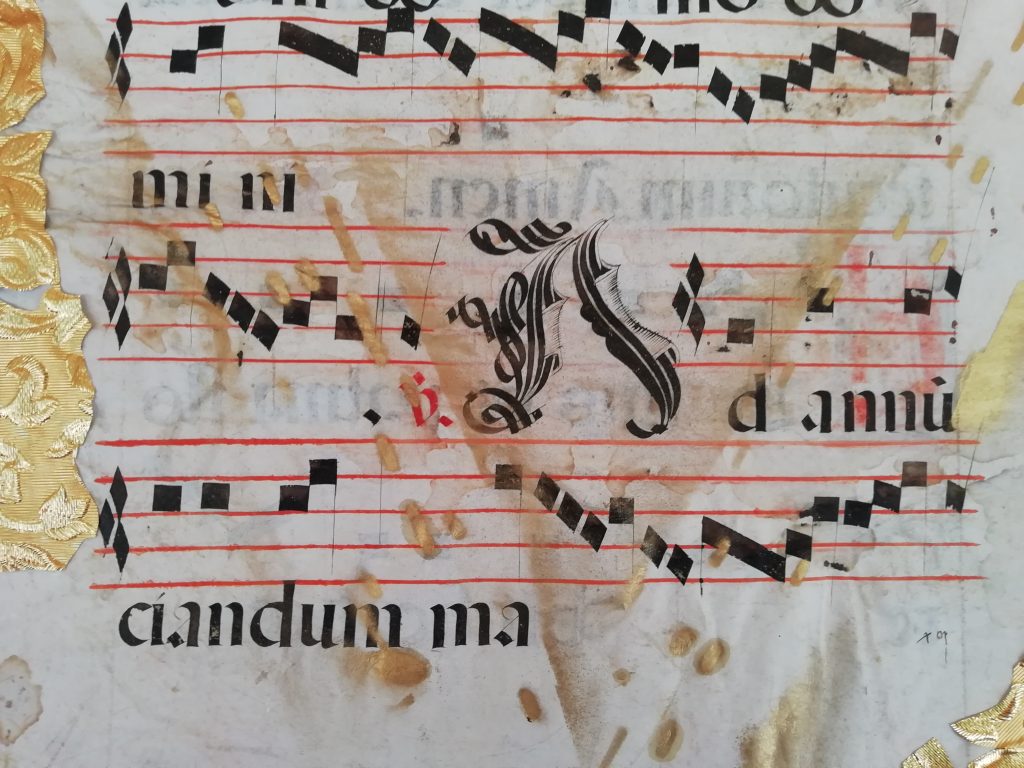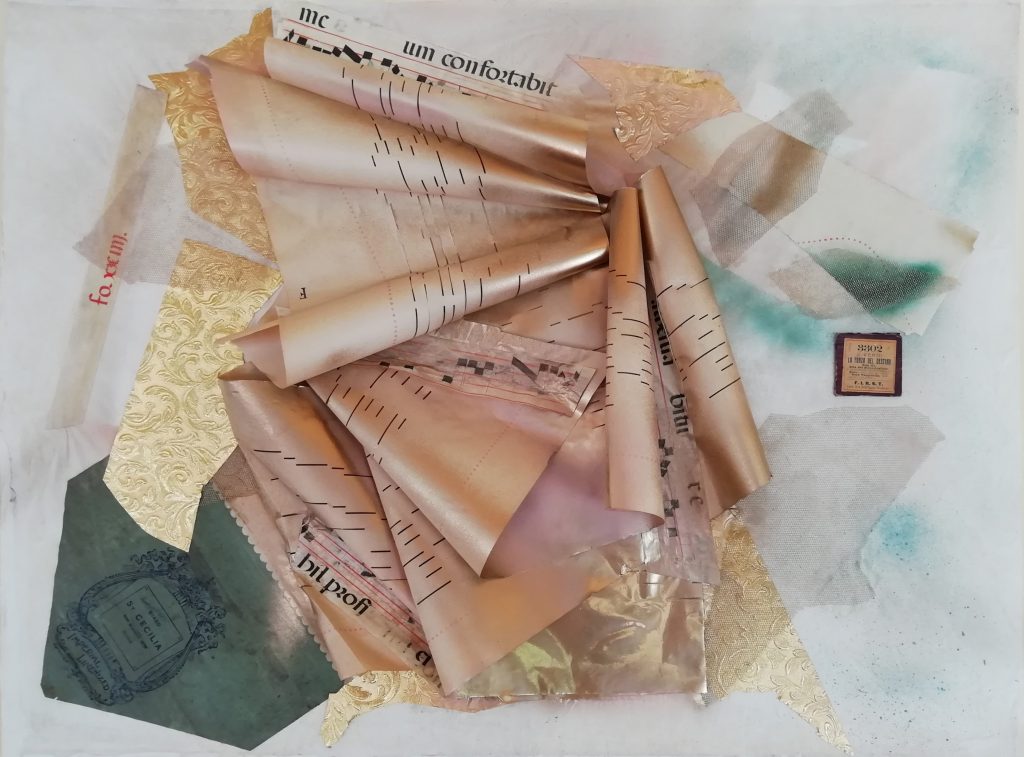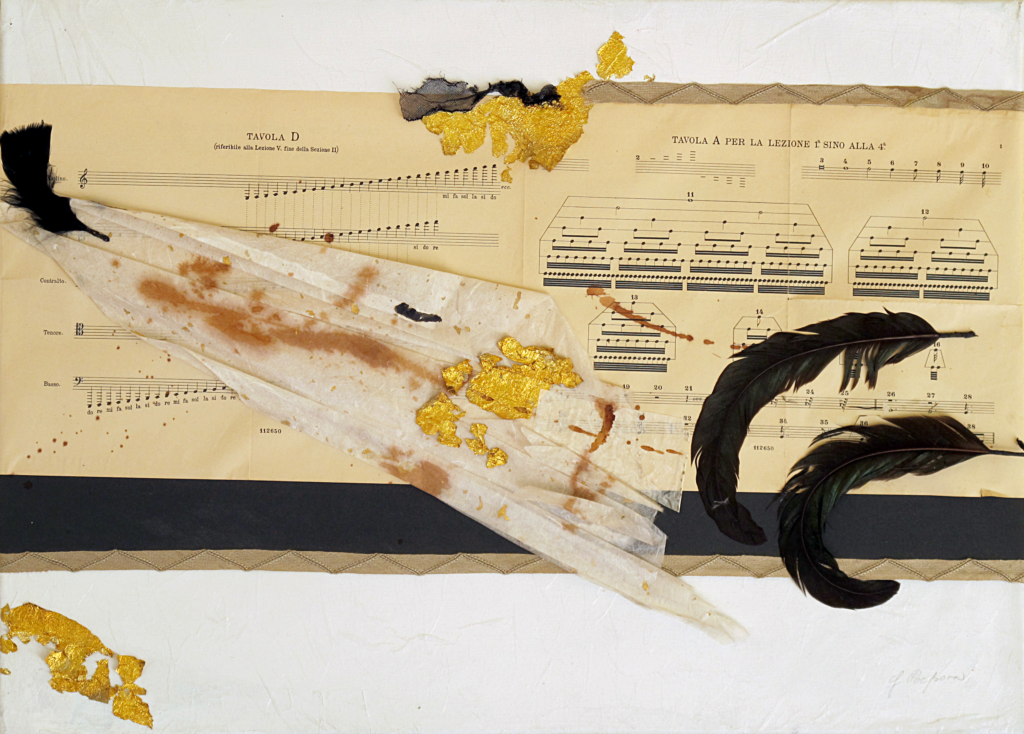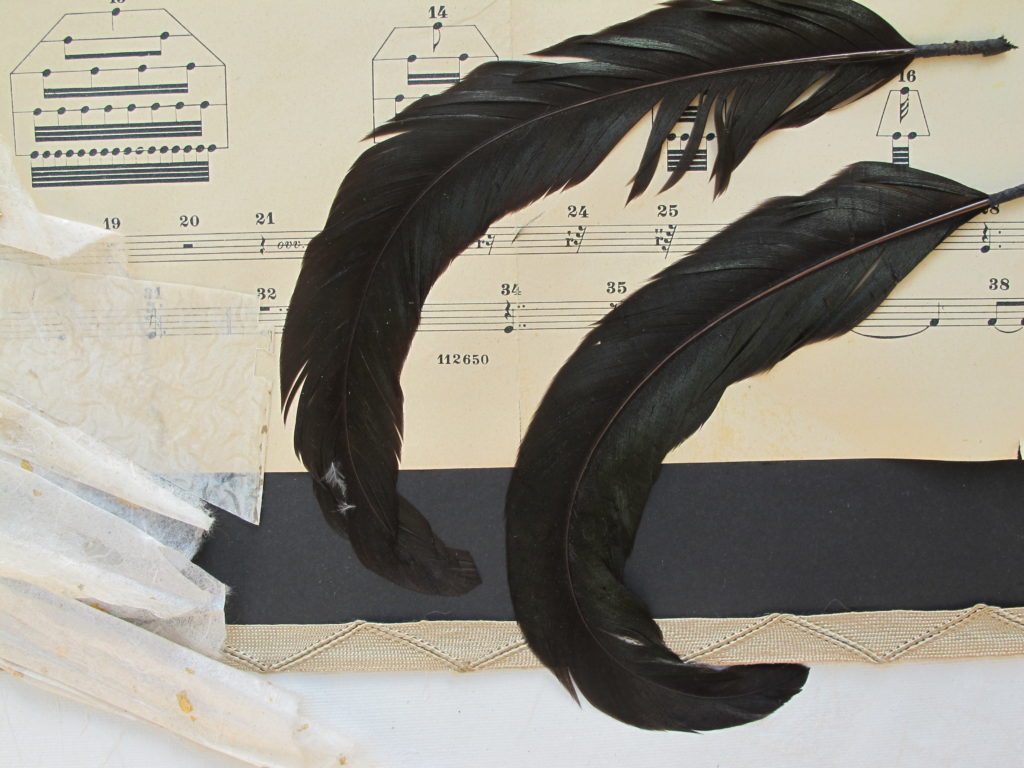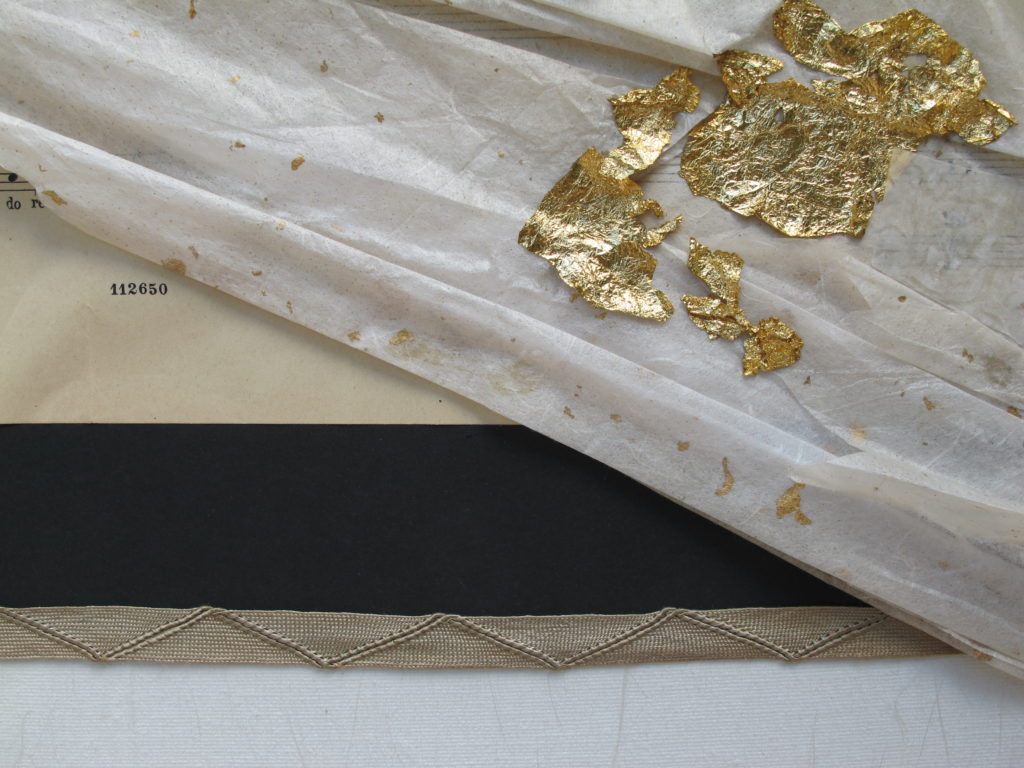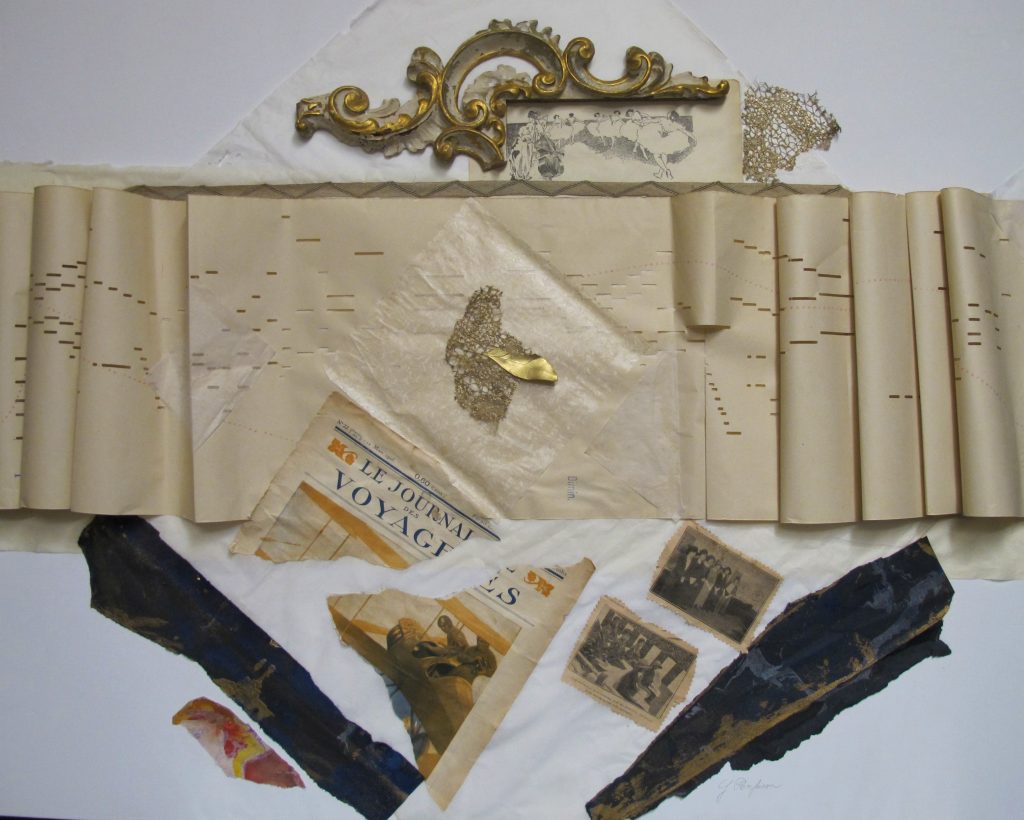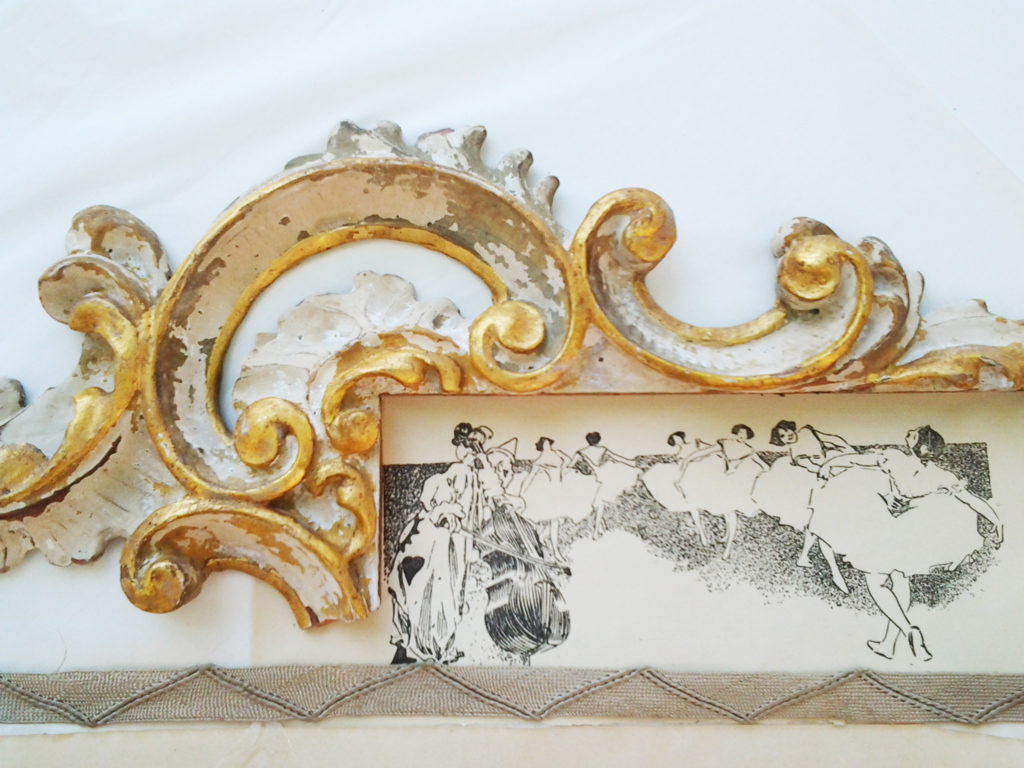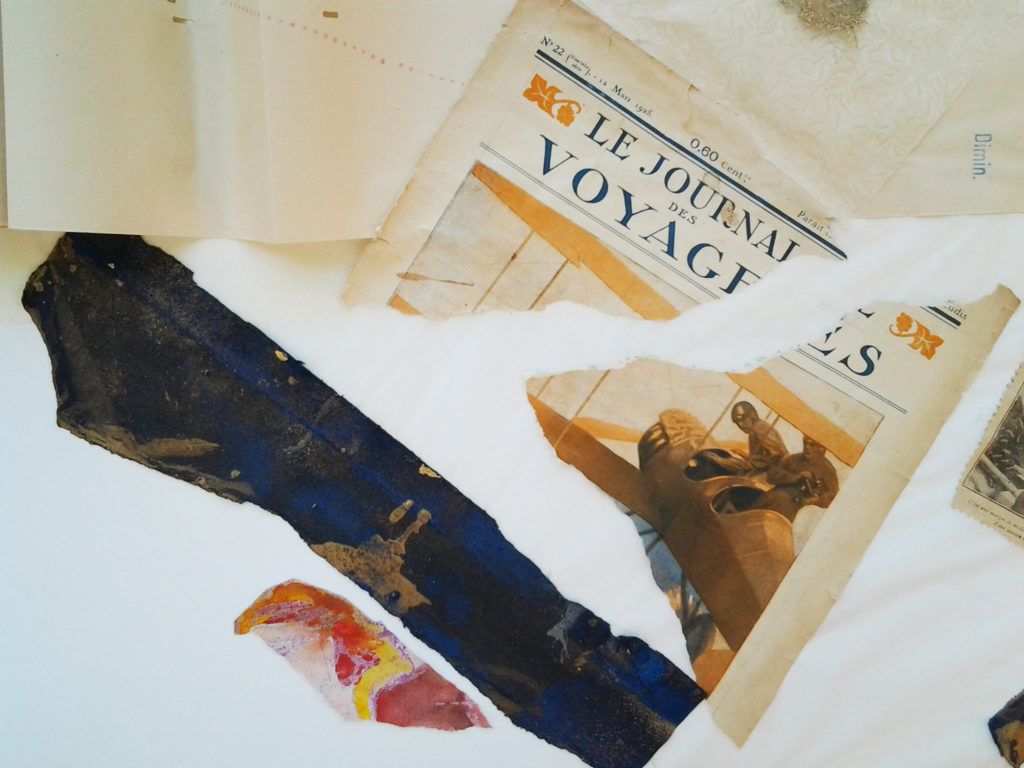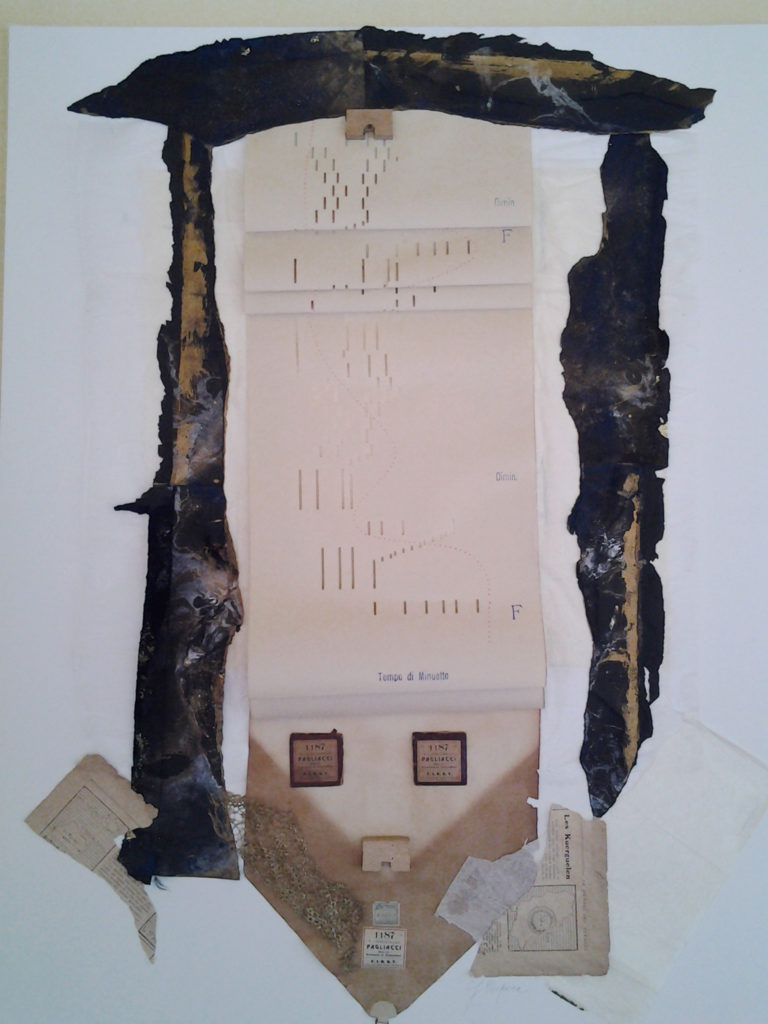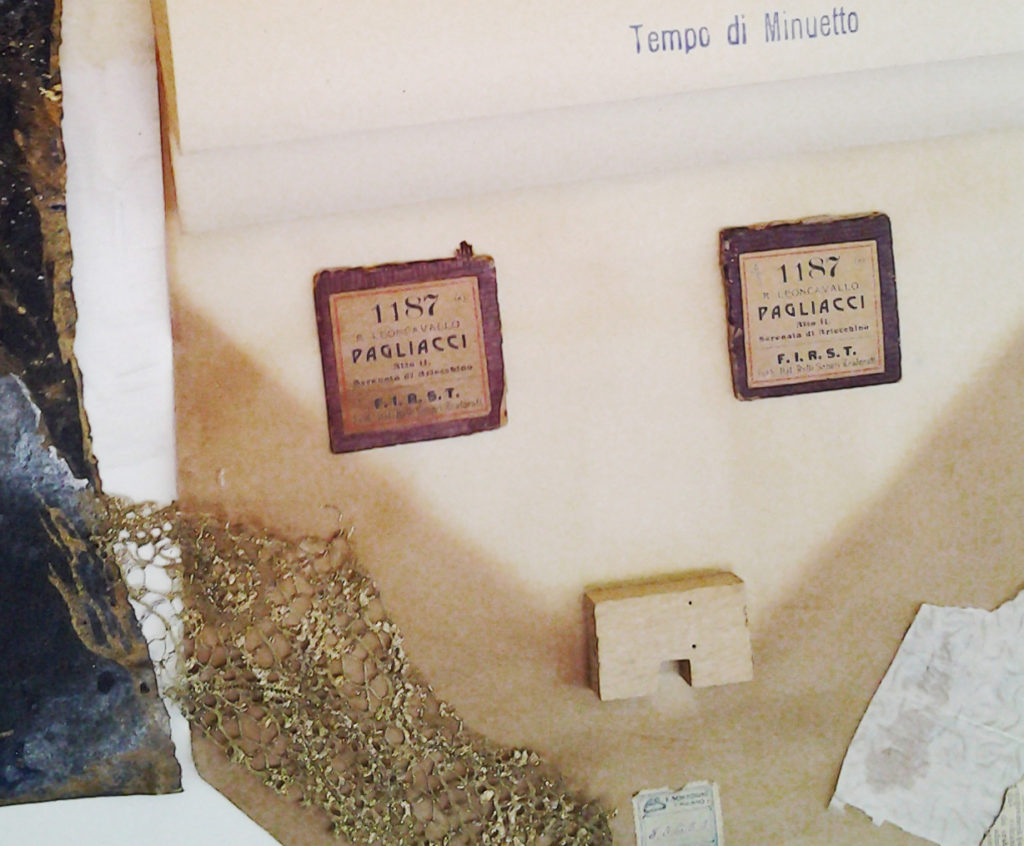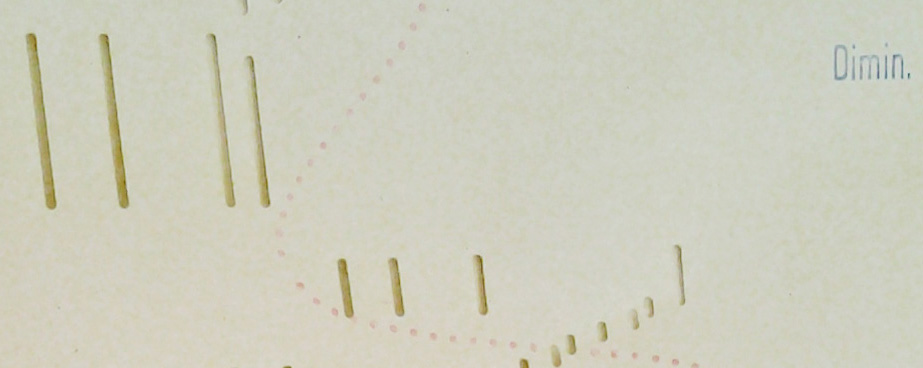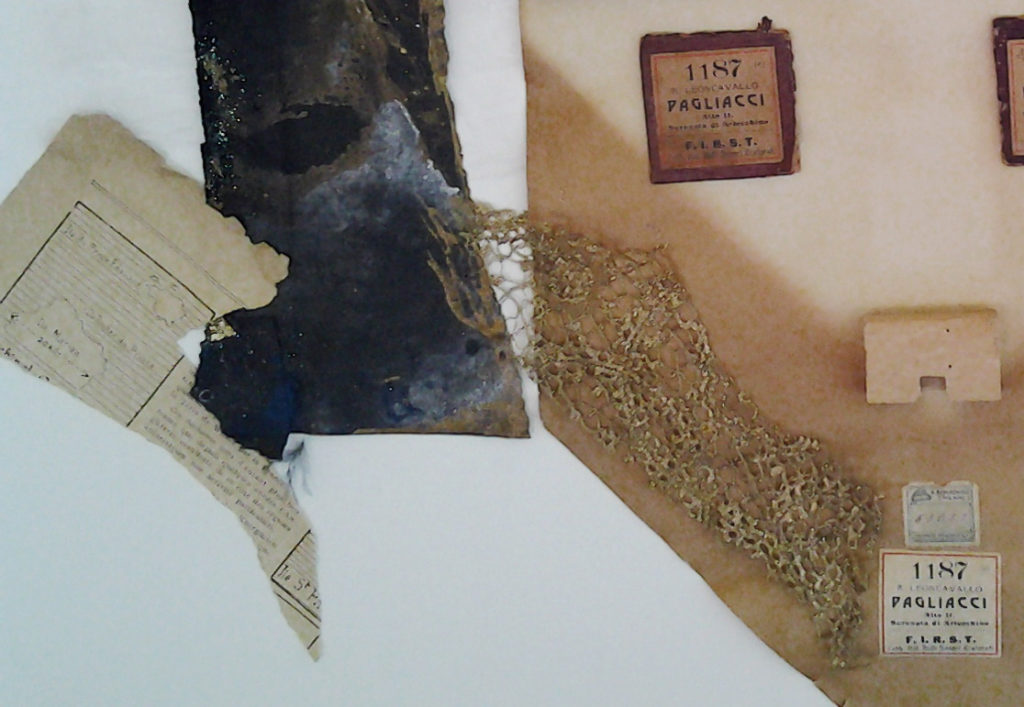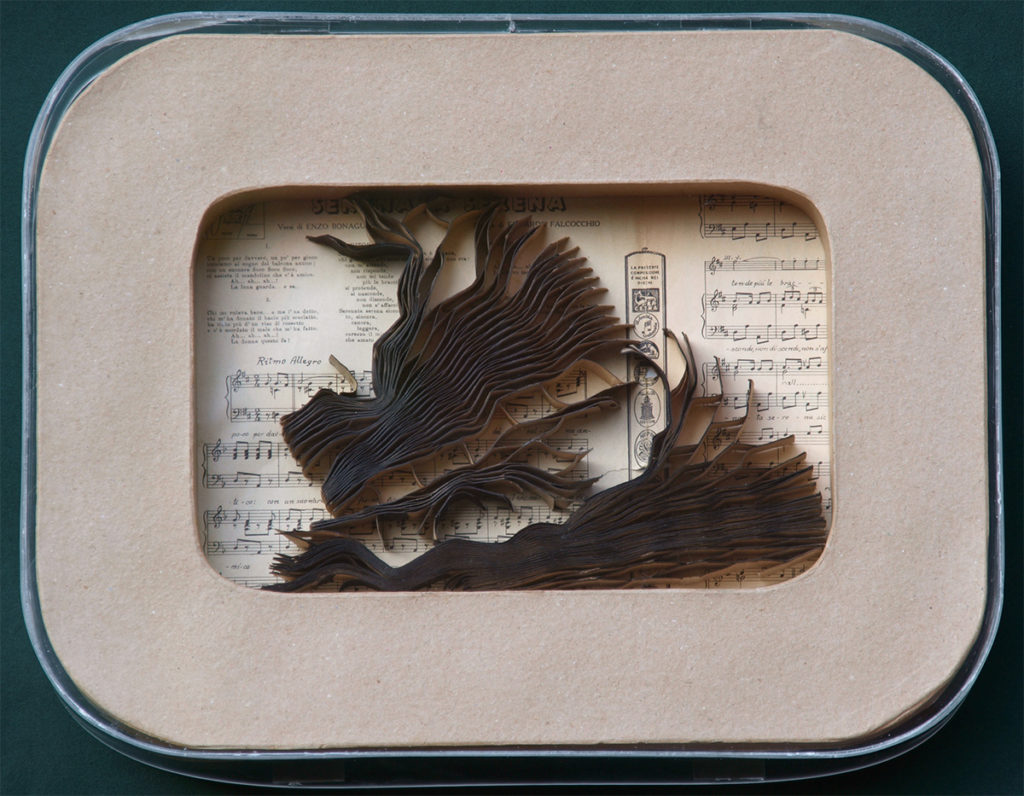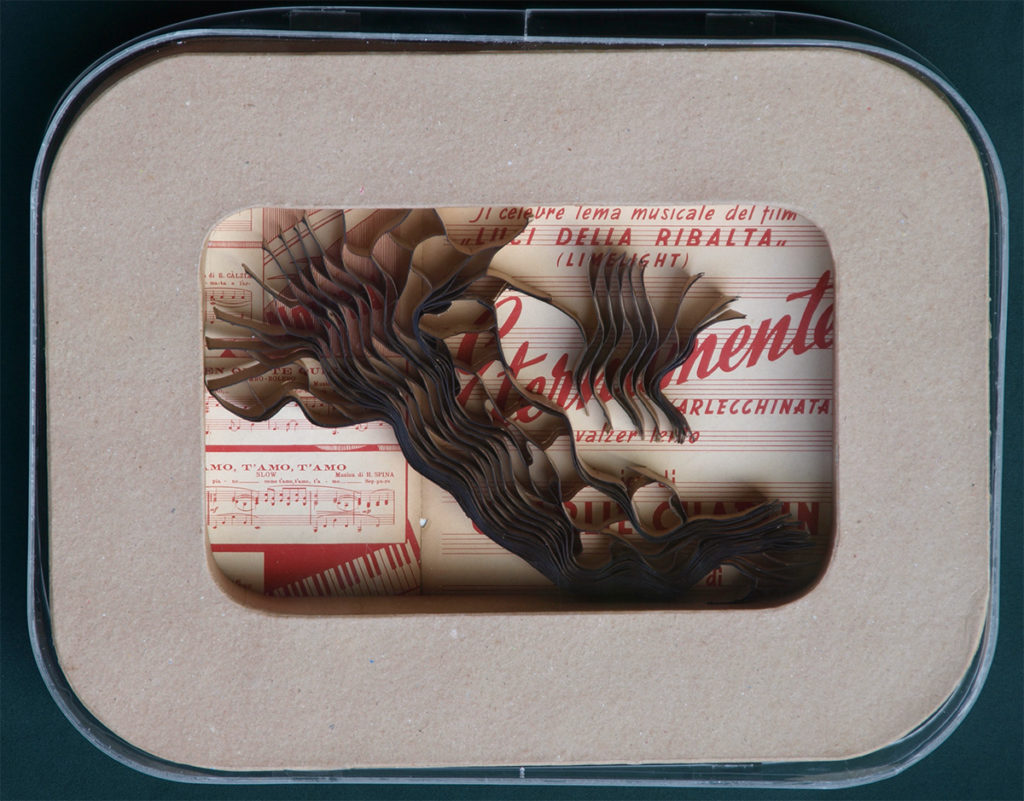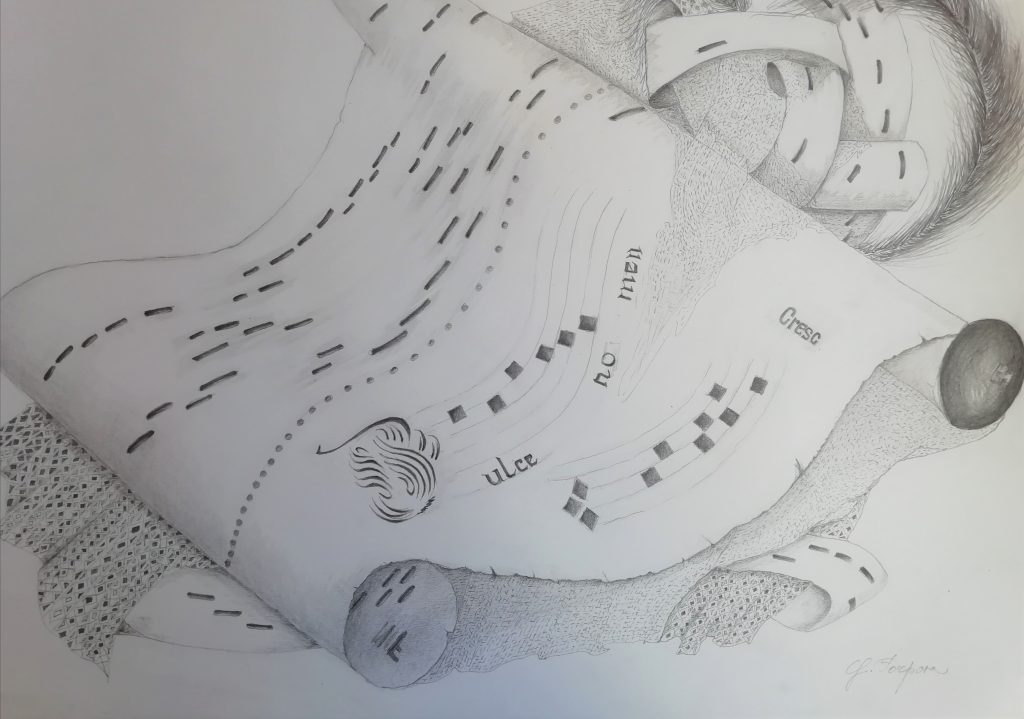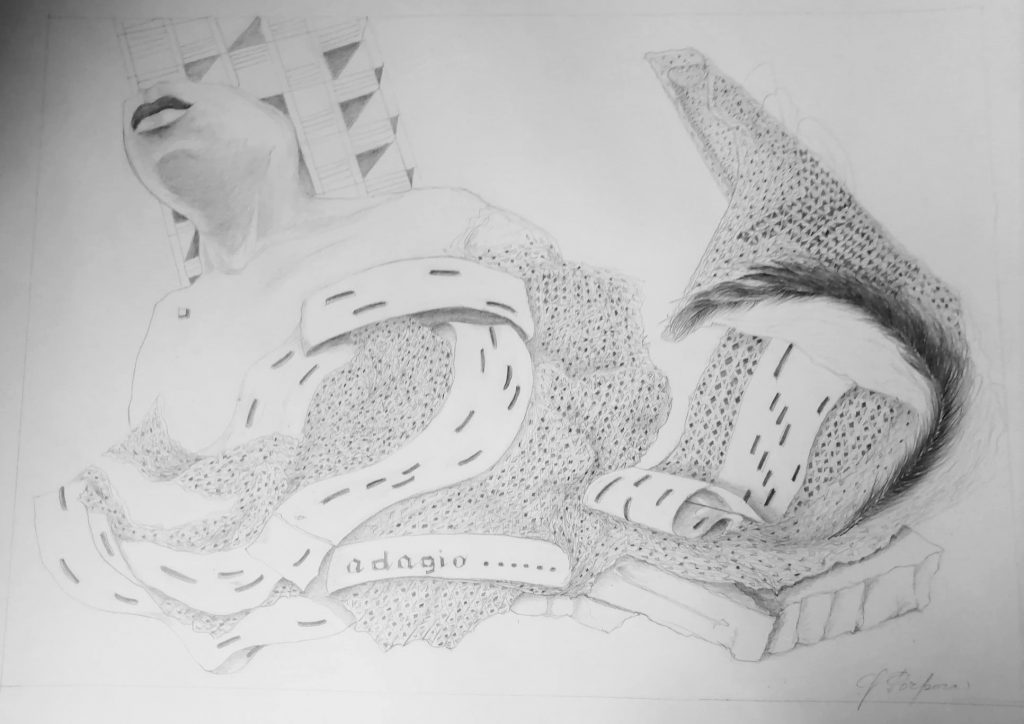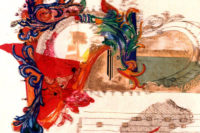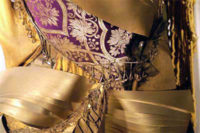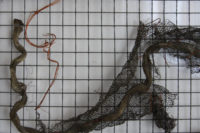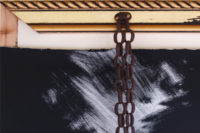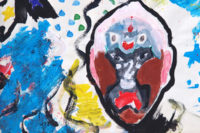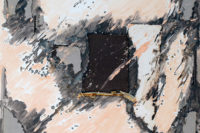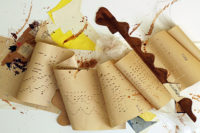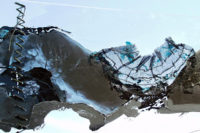Project Description
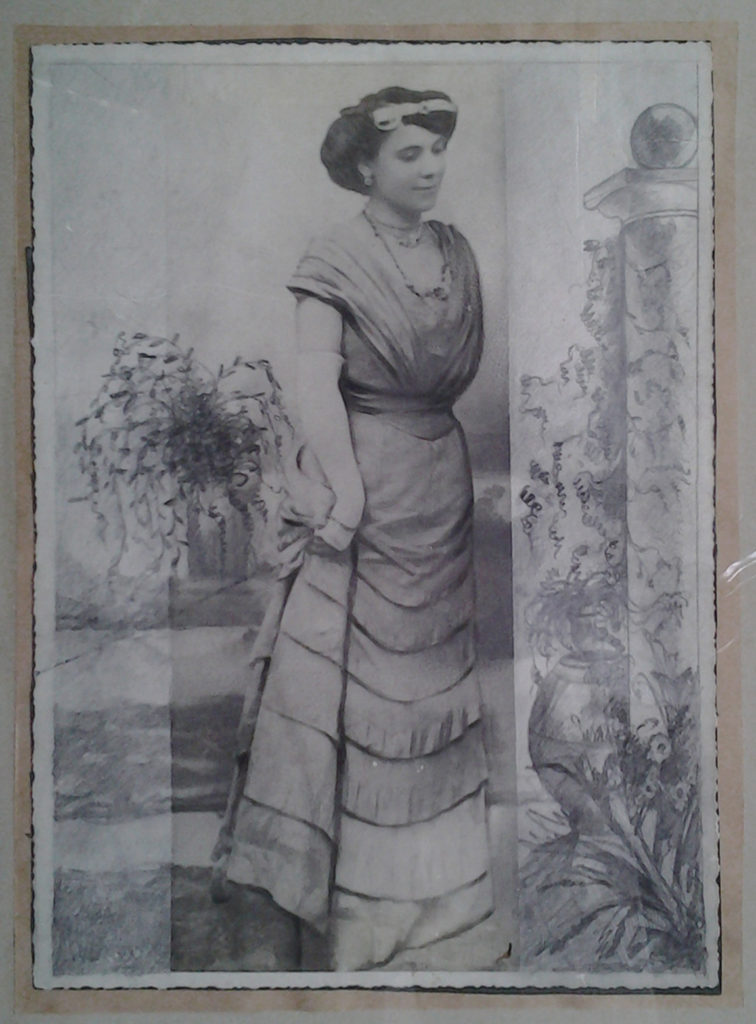
APPUNTI DI ICONOGRAFIA MUSICALE
Elvira, mia nonna, era un’artista, amava la musica ed era soprano, e già ai suoi tempi fine ‘800, si esibiva e faceva delle tournée assieme al fratello tenore. La sua passione per la musica l’ha trasmessa anche a mia madre, Fausta, che è riuscita a diventare pianista, diplomandosi all’Accademia di Santa Cecilia.
Le nostre riunioni familiari erano spesso accompagnate da piccoli concerti improvvisati per tutta la famiglia, nonna cantava, mentre mamma suonava il pianoforte e noi ad ascoltare. Talvolta ci univamo in coro per accompagnare canzoni napoletane o in voga al momento, che erano quasi tutte improntate ad un certo romanticismo!
Hanno cercato di invogliare anche me a condividere questa passione, ed ho suonato il piano per circa due anni, ma la mia strada, è stata un’altra, e questo “ Viaggio Musicale”, è il mio modo per ringraziarle e far sentire loro che anch’io l’ho condivisa, seppure a “ma guise”!
L’ispirazione mi è nata quando ho trovato dei rotoli di carta musicale in un mercatino di antiquariato.
English version
Elvira, my grandmother, was an artist, she loved music and was a soprano, and already in her late 19th century, she performed and toured with her tenor brother. Her passion for her music also passed on to my mother, Fausta, who managed to become a pianist, graduating from the Accademia di Santa Cecilia.
Our family reunions were often accompanied by small impromptu concerts for the whole family, grandmother sang, while mom played the piano and we listened. Sometimes we joined in chorus to accompany Neapolitan songs or songs in vogue at the time, which were almost all marked by a certain romanticism!
They tried to entice me to share this passion too, and I played the piano for about two years, but my path was another, and this “Musical Journey” is my way to thank them and make them feel that I also shared it, albeit to “ma guise”!
The inspiration came to me when I found rolls of music paper in an antiques market.
Recensione della Curatrice Anna Cocchetti in occasione dell’esposizione “Appunti d’iconografia musicale”, presso lo Studio Storie Contemporanee (2018)
Gli appunti d’iconografia musicale di Gabriella Porpora nascono innanzitutto dalla condizione emozionale suscitata da una trouvaille d’objet, che, potente oggetto catalizzatore, rivela all’artista un desiderio e una necessità, fino a quel momento latenti o rimossi, con cui accendere/accedere a un percorso che è al tempo stesso di conoscenza, di recupero, d’introspezione, di appropriazione, di elaborazione, di costruzione di un nuovo discorso. Per dare forma ad una nuova narrazione.
A partire da qui, nelle opere di questo recente ciclo, compatto e coerente, sul filo di una memoria individuale che recupera e assembla lacerti di carte, di tele, di piume, di legni, si dispiega la narrazione – intessuta con un doppio codice, visivo e musicale, e un doppio registro, alto e basso – di una raccolta e vibrante storia declinata al femminile, in cui, a fare da sotto-testo o controcanto nella narrazione visiva di Gabriella Porpora, è anche la narrazione invisibile, affidata alla sola evocazione memoriale, per ellissi, di luoghi e segni perduti.
English version
Review by Curator Anna Cocchetti on the occasion of the exhibition “Notes on musical iconography”, at the Studio Storie Contemporanee (2018)
Gabriella Porpora‘s musical iconography notes arise above all from the emotional condition aroused by a trouvaille d’objet, which, a powerful catalyst object, reveals to the artist a desire and a need, hitherto latent or repressed, with which to light / access a path that is at the same time knowledge, recovery, introspection, appropriation, elaboration, construction of a new discourse. To give shape to a new narrative.
Starting from here, in the works of this recent cycle, compact and coherent, on the thread of an individual memory that retrieves and assembles fragments of papers, canvases, feathers, woods, the narration unfolds – woven with a double code, visual and musical, and a double register, high and low – of a collection and vibrant story declined in the feminine, in which, to act as a sub-text or counterpoint in Gabriella Porpora’s visual narration, is also the invisible narration, entrusted only to memorial evocation, through ellipses, of lost places and signs.
Uccello di fuoco
Firebird – (1mx1m)
Gabriella presenta nella mostra “Dive into Eros”, a cura di Giorgio Di Genova, due opere: “Uccello di fuoco”, riferimento all’Opera di Strawinky ed allusione al sesso, e “Super Omnia Bona Fua”, dove prende in prestito le parole, scritte in gotico per esaltarne i significati nell’unione di mente e corpo.
Amante della musica, utilizza varie combinazioni di spartiti di antica memoria di opere musicali come Carmen, Tosca, La Forza del Destino. Queste Opere, provengono da vecchie bobine musicali per pianoforte meccanico, ma ovviamente in questa occasione si vuole alludere anche a musica di altro genere.
L’artista desidera sottolineare la straordinaria energia che scaturisce dalla musica e allo stesso tempo la straordinaria emozione di esprimere il coinvolgimento dell’amante!
Quest’opera ha fatto parte di una mostra personale a tema musicale allestita presso lo “Studio di Storie e Arti contemporanee”, dal titolo “Note di iconografia musicale” (2018) Curatore Anna Cochetti.
English version
Gabriella presents in the exhibition “Dive into Eros”, curated by Giorgio Di Genova, two works: “Firebird”, a reference to Strawinky’s work and allusion to sex, and “Super Omnia Bona Fua”, where she borrows the words, written in Gothic to enhance its meanings in the union of mind and body.
She is a music lover and uses various combinations of scores of ancient memory of musical works such as Carmen, Tosca, La Forza del Destino. These works come from old musical reels for mechanical piano, but obviously on this occasion she also want to allude to music of another genre.
The artist wishes to underline the extraordinary energy that springs from the music and at the same time the extraordinary emotion of expressing the lover’s involvement!
This work was part of a personal exhibition on a musical theme set up at the “Studio of Stories and Contemporary Arts”, entitled “Notes of musical iconography” (2018) Curator Anna Cochetti.
Super omnia bona fua
(1mx1m)
Quest’opera d’arte è stata presentata alla mostra ” Dive into Eros”, curata da Giorgio Di Genova.
Come dice il titolo, “Super Omnia Bona Fua” ovvero “Il prezioso benessere” – ovvero tutta la creazione in ogni sua forma – “è ciò che c’è di meglio”. Così quando è possibile coniugarle insieme, musica e arte, ottengono il massimo del risultato. Non dobbiamo dimenticare i nostri tetti (rappresentati principalmente dai segni gotici su pergamena, la stessa pergamena, e l’antica carta per suonare), e questa artista afferma che è necessario preservare la preziosità del nostro passato per guardare al futuro! Il contesto è sempre musica declinata in diverse sonorità! Riflettendo sui “buchi” di questa antica carta, è facile pensare come i “buchi” siano oggi utilizzati anche per la digitalizzazione in epoca contemporanea!
Quest’opera ha fatto parte di una mostra personale a tema musicale allestita presso lo “Studio di Storie e Arti contemporanee”, dal titolo “Note di iconografia musicale” (2018) Curatore Anna Cochetti.
English version
This work of art was presented at the “Dive into Eros” exhibition, curated by Giorgio Di Genova.
As the title says, “Super Omnia Bona Fua” or “The precious well-being” – that is all creation in all its forms – “is what is best.” So when it is possible to combine them together, music and art, they get the maximum result. We must not forget our roofs (represented mainly by the gothic signs on parchment, the parchment itself, and the ancient paper to play), and this artist says that it is necessary to preserve the preciousness of our past to look to the future ! The context is always music declined in different sounds! Reflecting on the “holes” of this ancient paper, it is easy to think how the “holes” are now also used for digitization in the contemporary era!
This work was part of a personal exhibition on a musical theme set up at the “Studio of Stories and Contemporary Arts”, entitled “Notes of musical iconography” (2018) Curator Anna Cochetti.

